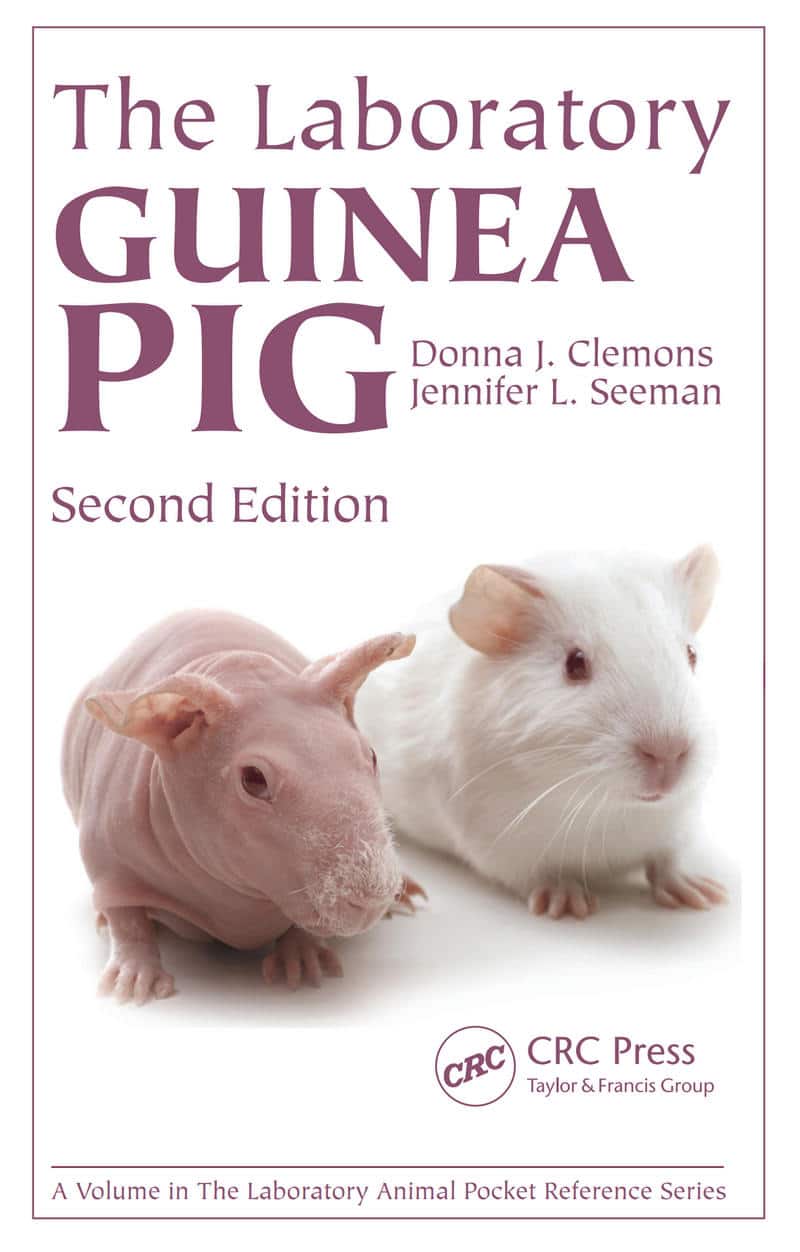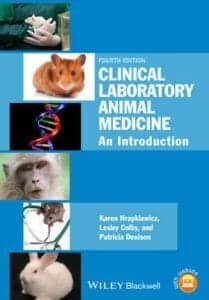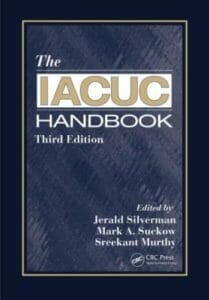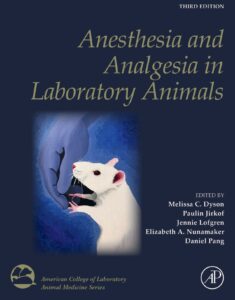By Donna J. Clemons and Jennifer L. Seeman
The Laboratory Guinea Pig, 2nd Edition Pig provides a compact and well- illustrated introduction to research on the guinea pig. The second edition of this popular handbook facilitates quick reference to the behavioral and physical traits of the guinea pig, as well as practical information on its unique anatomical and biological features. Numerous tables and color illustrations help the reader identify features of anatomy and understand health issues and care requirements. Supplying a stepwise introduction to common laboratory techniques, the new edition of this trusted reference provides guidance that supports the humane care and use of guinea pigs in the laboratory setting.

Features
Features:
- Includes drug dosage and anesthetic protocols, and tables of normative biological data
- Details basic information for animal facility management, animal husbandry, regulatory compliance, and technical procedures
- Illustrates key concepts and procedures with more than 50 color illustrations
- Offers sources and suppliers of animals, feed, sanitation supplies, cages, and research and veterinary supplies
- Comb-bound for quick and easy access by investigators, technicians, and animal caretakers
Table of Contents
Table of Contents:
1. Important Biological Features
2. Husbandry
-
Housing
-
Environmental Conditions
-
Environmental Enrichment
-
Nutrition
-
Sanitation
-
Transportation
-
Record Keeping
3. Management
-
Regulatory Agencies and Compliance
-
USDA
-
NIH / PHS
-
FDA and EPA
-
AAALAC International
-
Institutional Animal Care and Use Committee (IACUC)
-
Occupational Health and Zoonotic Diseases
-
Animal Health Monitoring Program
4. Veterinary Care
-
Basic Veterinary Supplies
-
Physical Examination of the Guinea Pig
-
Quarantine
-
Clinical Signs of Illness
-
Common Clinical Problems
-
General Treatment of Disease
-
Disease Prevention through Sanitation
-
Anesthesia and Analgesia
-
Principles of General Anesthesia
-
Characteristics of Commonly Used Injectable Anesthetics
-
Principles of Gas Anesthesia
-
Characteristics of Commonly Used Gas Anesthetics
-
Principles of Local Anesthesia
-
Sedation and Tranquilization
-
Analgesia
-
Perianesthetic Management
-
Aseptic Surgery
-
Postsurgical Management
-
Euthanasia
5. Experimental Methodology
6. Resources
-
Organizations
-
Publications (Books, Periodicals)
-
Online Resources
-
Animal Sources
-
Feed
-
Equipment
-
Possible Sources of Cages and Research/Veterinary Supplies
-
Commercial Laboratories for Animal Health Monitoring
References















![Ettinger’s Textbook of Veterinary Internal Medicine 9th Edition Ettinger’s Textbook of Veterinary Internal Medicine 9th Edition [True PDF+Videos]](https://www.vet-ebooks.com/wp-content/uploads/2024/10/ettingers-textbook-of-veterinary-internal-medicine-9th-edition-100x70.jpg)






